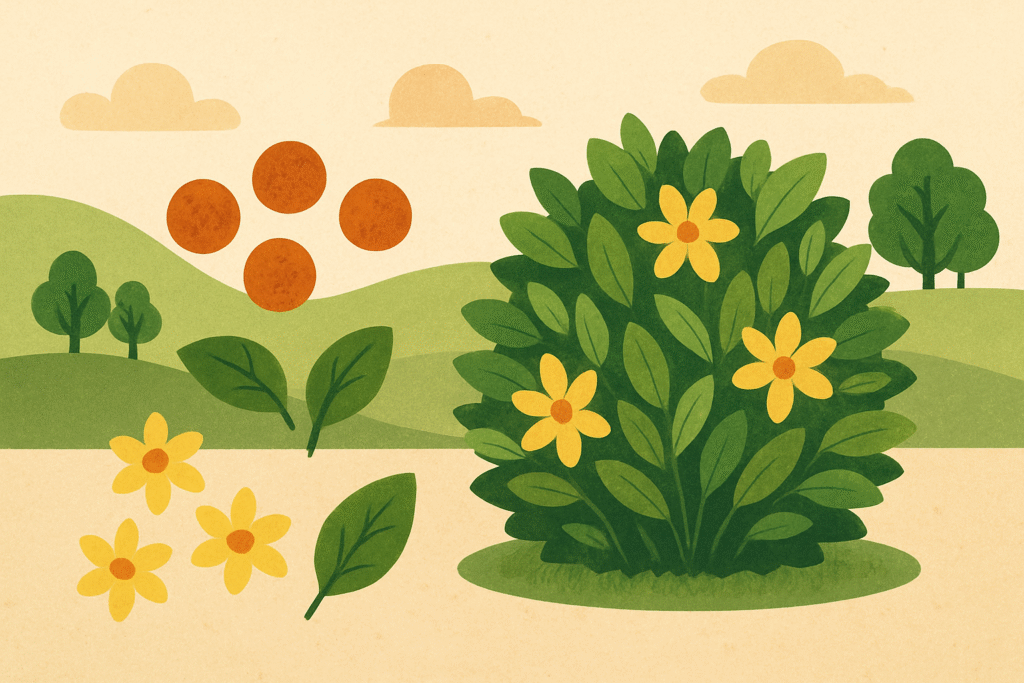
We’re often told that if you know the tiny rules, you can predict everything. But that’s not how the world always works. Laughlin et al. argue that when lots of pieces come together, new patterns appear that don’t depend on every little detail. They call these “protected” behaviors—stable, reliable patterns, such as magnetism or superfluid flow — that appear repeatedly across different materials. You can’t easily compute them by tracking every atom; instead, you spot them by looking for the collective rules that emerge when many parts interact. In other words, between the world of atoms and the everyday world, there’s a “middle” zone where organization pops up on its own.
This middle zone shows up in living things and in everyday materials. Proteins don’t just sit there; they fold into useful shapes, pick out the right molecules to work with, and even team up to build structures—like a tiny construction crew that knows the plan. Glasses—think phone screens or plastic—can “age,” remember, and change slowly even when their atoms don’t look very different under x-rays. Soap-like molecules naturally form into bubbles and membranes, much like cell walls. And in some electronic materials, charges arrange themselves into stripes or domains that behave in surprising ways. All of this says the same thing: when enough pieces interact, they organize, and the result can be smarter than any single part.
How does this organization happen? One helpful picture is the “energy landscape.” Imagine a map of hills and valleys that indicates which shapes or arrangements are easier or harder for a system to reach. Some landscapes are rugged, with many similar valleys, so the system can get stuck in different long-lived states. Others are like a funnel that guides you toward one best shape—this is how many natural proteins fold quickly and reliably, because their landscapes gently steer them to the right place. Another big idea is “frustration,” which occurs when different forces want different things at the same time, such as in a group project with conflicting goals. That conflict can create patterns—such as domains, droplets, or stripes—as a compromise. Seeing problems this way helps you expect slow changes, memory effects, and multiple outcomes, rather than a single perfect answer.
Why should you care? These ideas make everyday choices easier. When a task involves many moving parts—planning an event, training a team, organizing your study schedule—don’t expect one tiny tweak to predict everything. Look for the protected patterns: routines that stay stable even when details change. Build funnels: set up habits and checklists that guide you toward the good outcome from many starting points. Expect frustration: competing goals will create trade-offs, so design simple “rules of thumb” everyone can follow. And be patient with “aging” and “memory”: systems often change slowly, keep history, and need time to reorganize. Scientists are developing new tools to see this middle world more clearly—like advanced microscopes and smart scattering methods—because understanding these rules won’t just explain cells and materials; it could help us design artificial systems that adapt and learn. That mindset can help you build projects, communities, and even personal routines that work with complexity instead of fighting it.
Reference:
Laughlin, R. B., Pines, D., Schmalian, J., Stojkovic, B. P., & Wolynes, P. (1999). The middle way. Proceedings of the National Academy of Sciences (PNAS), 97(1), 32–37. https://doi.org/10.1073/pnas.97.1.32
Privacy Notice & Disclaimer:
This blog provides simplified educational science content, created with the assistance of both humans and AI. It may omit technical details, is provided “as is,” and does not collect personal data beyond basic anonymous analytics. For full details, please see our Privacy Notice and Disclaimer. Read About This Blog & Attribution Note for AI-Generated Content to know more about this blog project.